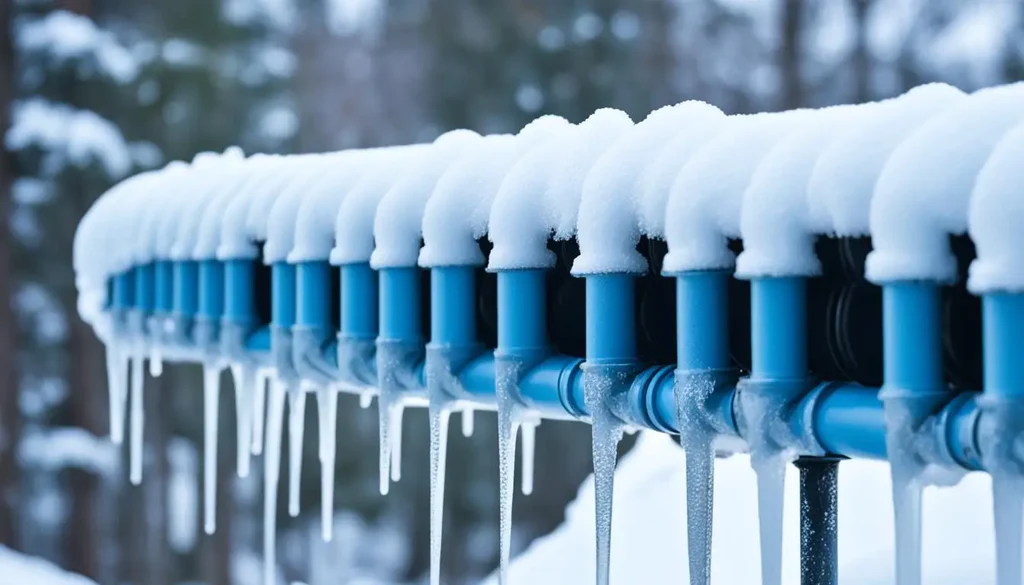Menu
Call This Friday to Get $50 Off
Do You Need a Plumber in Dallas, TX? Call us Now to Get $50 OFF
4.8 / 5 Ratings based on 1384 reviews Great Plumbers, Great Reviews
Call This Friday to Get $50 Off
Winter can be tough on your plumbing, but a little preparation goes a long way in preventing frozen pipes and costly damage. As temperatures drop, taking a few simple precautions can keep your home’s plumbing safe and running smoothly. In this article, the experts at Mr. Rooter Plumbing provide you with practical cold weather plumbing tips to help you avoid frozen pipes.

One of the easiest ways to avoid frozen pipes is by insulating them. Focus on areas where pipes are exposed, like basements, garages, and attics. Foam sleeves or heating tape work great for added winter pipe protection. A little insulation now can save you from expensive repairs later. If your pipes have seen better days, it is advisable to consider pipe replacement in Dallas, TX because older pipes are more likely to burst during winter.
Cold air loves to sneak in through cracks and gaps around windows, doors, and walls—and that can lead to frozen pipes. Seal up those openings with caulk or insulation to keep the chill out and the warmth in. It’s a quick fix that makes a big difference.
Before temperatures drop, disconnect garden hoses from outdoor faucets and drain any remaining water. Water left inside can freeze, expand, and damage both the hose and the faucet. Storing hoses indoors for the winter keeps them in good condition and helps protect your home’s plumbing system.
Locate and shut off the water supply to outdoor spigots, then drain any remaining water. Leaving water inside can lead to freezing and cracked pipes. Installing frost-proof spigots or faucet covers adds extra winter pipe protection.
Keeping your home warm is key. Don’t let the thermostat drop below 55°F, even if you’re out of town. Open up cabinet doors under sinks to let warm air circulate around pipes. It’s an easy way to keep things flowing and avoid freezing problems.
During freezing weather, keep cabinet doors under sinks open to let warm air circulate around pipes. This simple step helps prevent freezing, especially for pipes along exterior walls. It’s an easy way to use your home’s existing heat to protect your plumbing and avoid costly winter damage.
Letting your faucets drip may seem wasteful, but it’s a smart move in freezing weather. A slow trickle of water keeps pressure from building up in your pipes, which helps prevent freezing. It’s a small step that can save you from dealing with burst pipes and costly damage.
If you discover frozen pipes, you can try DIY thawing techniques like applying heat gradually with a hairdryer or warm towels, starting at the faucet and working towards the frozen area. However, if DIY methods fail or the frozen pipe is inaccessible, it's best to call a licensed plumbing service. They have the expertise and tools to safely locate and thaw the frozen pipe and can also assess for any underlying plumbing issues.
If you need help with frozen pipe prevention, get in touch with the plumbers at Mr. Rooter Plumbing. We take pride in providing reliable services, including pipe repair and replacement.
A sink full of dishwasher water can be a shock, but it tells you something…
Read More+A good food prep routine makes life easier until your disposal starts to grind louder…
Read More+Clogged drains are irritating. Water pools in a sink. Hair collects in a shower, and…
Read More+A kitchen sink is a fixture you use every single day without giving it much…
Read More+